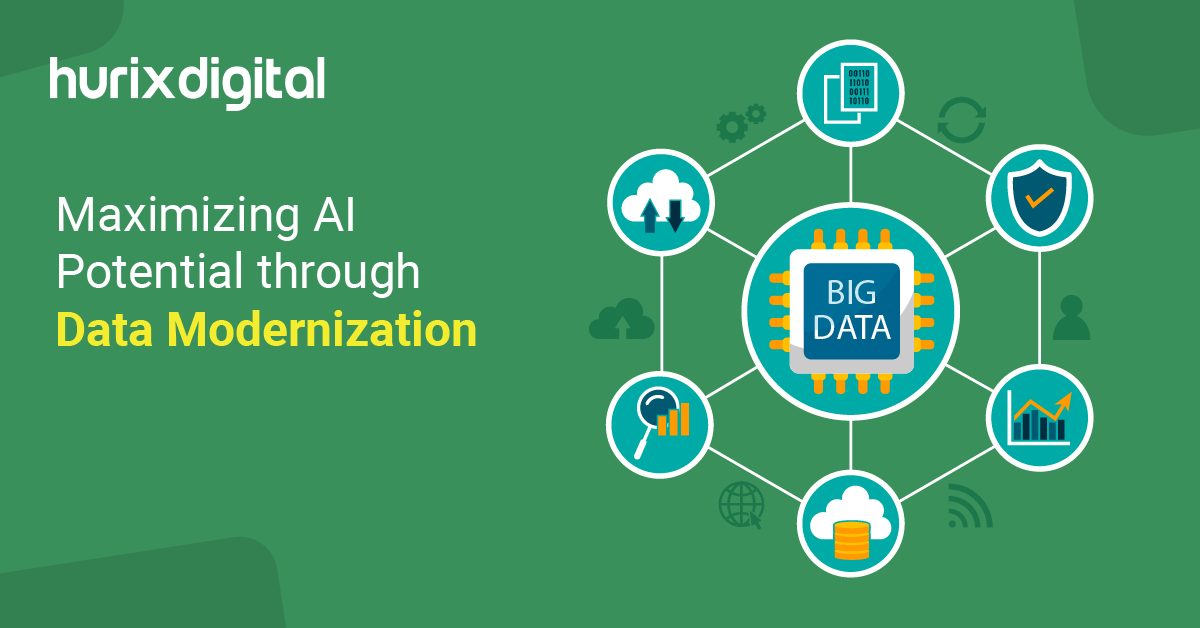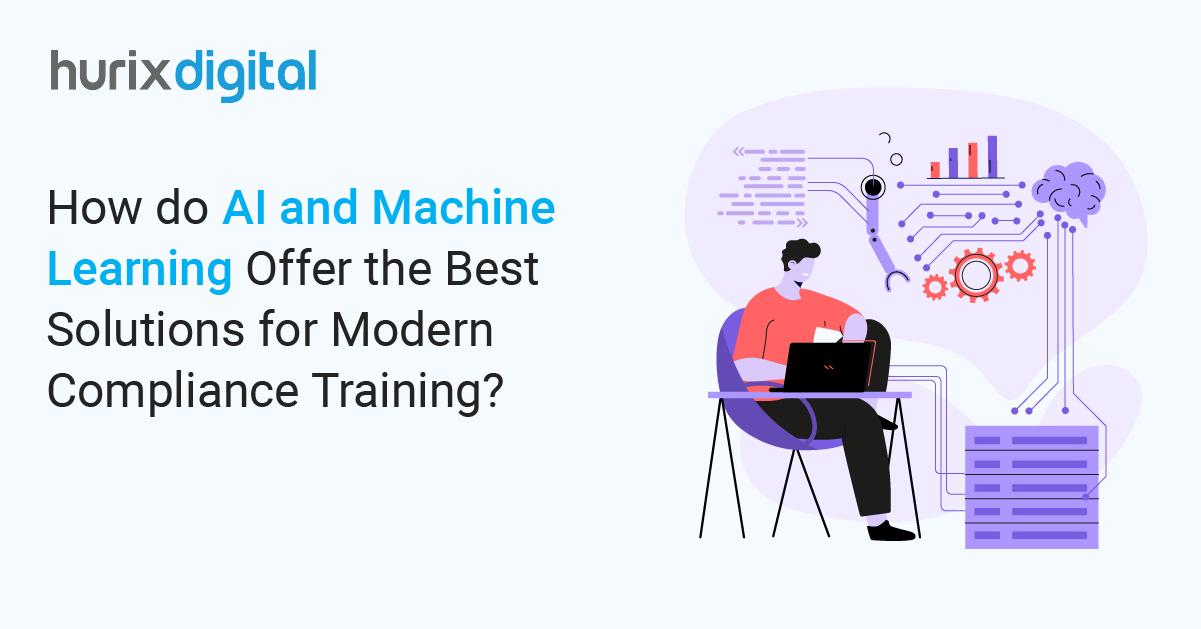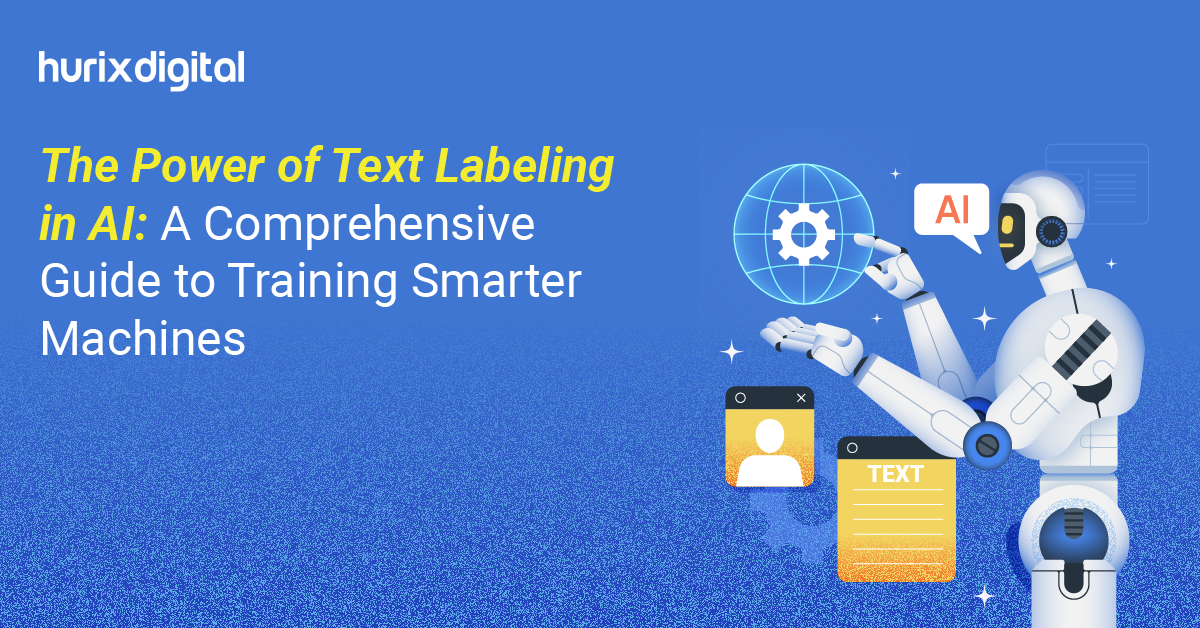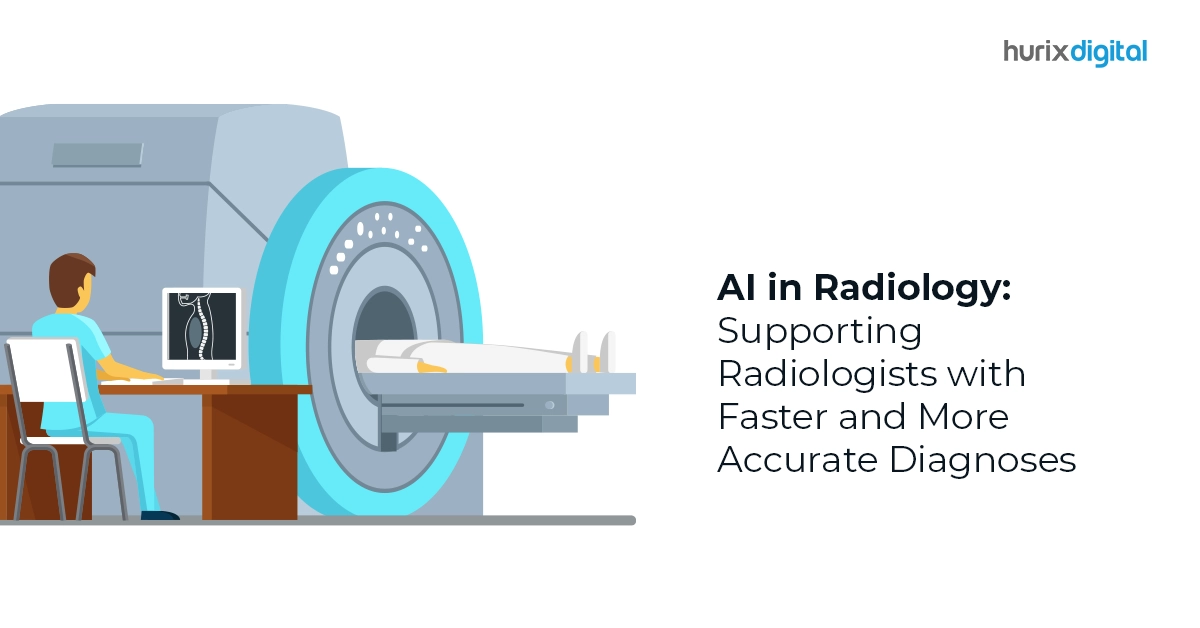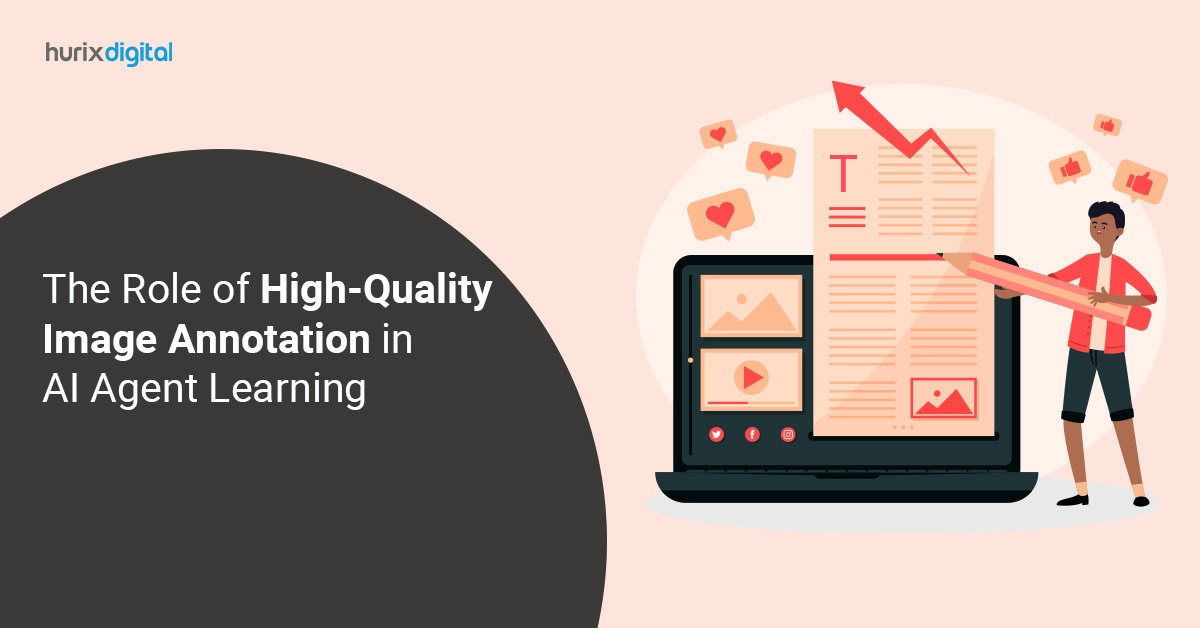
The Role of High-Quality Image Annotation in AI Agent Learning
Summarize with:
Image annotation is a process related to AI and machine learning that allows machines to interpret visual data. It is used to create datasets to train AI models. Machines learn from visual information, generalize from examples to predict new data, and rely on the quality of annotated images for accuracy and efficiency.
Let’s learn all about image annotation in this blog!
Table of Contents:
- Laying the Foundation for Supervised Learning
- Enhancing Model Accuracy and Generalization
- Facilitating Object Detection and Recognition
- Key Role in Semantic Segmentation
- Supporting 3D Object Recognition and Spatial Understanding
- Importance of Quality in Image Annotation
- Addressing Scalability with Automated Annotation Tools
- Image Annotation for Specialized Domains
- Conclusion
Laying the Foundation for Supervised Learning
To train AI models supervised learning is used in machine learning. Supervised learning trains models on labeled datasets, identifying input data (images) with desired output labels. For example, the image of a dog is used to train models to recognize dogs in the future.
- Image Annotation as Ground Truth: The labels in image annotation are used to train AI models. AI analyzes annotated images to identify patterns and associations between image features and corresponding labels. Accurate annotated images help differentiate objects and their variations.
- Learning Object Relationships: Image annotation helps AI recognize individual objects and trains them to understand relationships between different objects. For example, in an image of a street, annotations can be cars, cycles, roads, etc. By understanding the coexistence of these objects AI will be able to interpret future situations needed for autonomous driving.
Enhancing Model Accuracy and Generalization
The effectiveness of an AI model in the real world is influenced by its ability to generalize from training data to new, unseen situations. Generalization is the ability of a model to apply its learning from training data to a similar context, and high-quality image annotations are important.
- Diverse and Accurate Annotations for Robust Models: The annotated dataset includes various examples that show real-world situations. For example, facial recognition requires different annotated images with various expressions, lighting conditions, and angles, as a limited dataset or poorly labeled images can disrupt the performance of AI and lead to incorrect learning by the model.
- Mitigating Overfitting: Overfitting occurs when a model excels on training data but struggles with new data due to memory retention rather than learning general patterns. Image annotation provides realistic data that helps the models to generalize different examples instead of focusing on specialized training images.
Also Read: How Do You Ensure the Quality and Relevance of Alt Text to the Images?
Facilitating Object Detection and Recognition
Image annotation is used to train AI models in object detection and recognition. This involves the identification and classification of objects. It is crucial for AI systems to accurately detect and recognize objects, like cars, regardless of their color, size, or orientation in images.
- Bounding Boxes and Object Localization: Object detection starts with annotations that enclose each object within a rectangular frame. AI models train on annotated images to create bounding boxes around objects in new images that help in localizing objects within a scene, which is the first step towards identifying and classifying them.
- Fine-Grained Recognition: Image annotation helps fine-grained recognition, distinguishing similar-looking objects. For example, a model trained to distinguish dog breeds requires precise annotations highlighting subtle differences. Fine-grained annotations teach minute details like fur patterns or ear shapes, for accurate classification.
Key Role in Semantic Segmentation
In semantic segmentation, every pixel in an image is assigned a class label, such as ‘car’, ‘tree’, or ‘person’. This pixel-level understanding is needed for tasks like autonomous driving, where AI needs to differentiate between roads, vehicles, and traffic signs to navigate safely.
- Training with Pixel-Level Annotations: Image annotation for semantic segmentation requires highly detailed labeling, where each pixel must be accurately categorized. For example, AI models can accurately segment and identify object boundaries in street scenes by labeling individual pixels for road surfaces, vehicles, and pedestrians.
- Real-World Applications: Semantic segmentation is crucial in industries like healthcare (analyzing medical images), satellite imagery (land classification), and augmented reality (classifying world objects). The accuracy of the AI model depends upon the quality of pixel-level annotations in the training dataset.
Supporting 3D Object Recognition and Spatial Understanding
AI models require not only object presence but also their location in 3D space, in autonomous vehicles and robotics. AI uses 3D cuboids, key points, and depth maps to interpret spatial relationships between objects, enabling them to navigate real-world environments.
- 3D Cuboids and Depth Perception: AI models understand the object’s volume and distance from the camera by analyzing the depth, height, and width of objects in annotated images. The AI’s spatial awareness is crucial in self-driving cars, as it gauges distances from pedestrians and other vehicles in complex, real-world environments.
- Keypoint Annotations for Motion Tracking: Keypoint annotations are crucial for tasks like human activity recognition, where AI tracks limb movement by marking specific points on objects like joints. Keypoint annotations help AI models in motion-tracking applications like sports and healthcare recognize specific motions like walking, running, or bending.
Importance of Quality in Image Annotation
The quality of annotated data enhances the AI performance. High-quality, consistent annotations increase the efficiency of AI models in various tasks.
- Consistency in Labeling: Ensuring consistency across large datasets is a challenge in image annotation. Inconsistent labeling during training can lead to confusion and lower accuracy in the model, as an object may be annotated differently in different images such as annotating an object as “car” in one image and “vehicle” in another. Multiple reviewers or semi-automated tools can assist annotators by suggesting labels based on previous annotations and checking the same image.
- Handling Edge Cases: Real-world data often presents challenging edge cases like partially occluded objects, unusual poses, or poor lighting conditions, necessitating precise annotations for model handling. For example, AI learns to detect objects even in less ideal conditions by accurately annotating pedestrian images in edge cases where they are partially hidden by other objects.
Addressing Scalability with Automated Annotation Tools
Manually annotating large datasets is a time-consuming and labor-intensive process.
- AI-Assisted Annotation Tools: Modern annotation platforms use AI-assisted tools to automatically generate annotations for objects, using pre-trained models to identify and label images, which can be fine-tuned by human annotators. Platforms like Labelbox, SuperAnnotate, and CVAT streamline the annotation process by reducing manual work and speeding up the annotation process.
- Crowdsourcing: Crowdsourcing involves distributing large-scale annotation tasks to a global workforce. Amazon Mechanical Turk enables organizations to outsource annotation tasks, enabling faster and more accurate data annotation but requires rigorous quality control to maintain consistency.
Image Annotation for Specialized Domains
Healthcare and autonomous driving require precise image annotations for AI models to accurately perform tasks like disease detection and navigation. In healthcare, expert annotations outline tumors in radiological scans for early cancer detection. For autonomous vehicles, detailed annotations of road elements under varied conditions ensure safe navigation.
Also Read: The Power of Alt Text: How Descriptive Images Improve Web Accessibility
Conclusion
Image annotation is crucial for AI learning, providing accurate, diverse datasets that enable high performance in tasks like object detection, recognition, and segmentation.
Ready to elevate your AI’s visual comprehension to the next level? Partner with Hurix Digital for precision-driven image annotation services that empower your AI to see and understand like never before. Contact us today to start transforming your visual data into actionable insights!
Connect with us today to learn more about our AI content services.
Summarize with:

Vice President – Content Transformation at HurixDigital, based in Chennai. With nearly 20 years in digital content, he leads large-scale transformation and accessibility initiatives. A frequent presenter (e.g., London Book Fair 2025), Gokulnath drives AI-powered publishing solutions and inclusive content strategies for global clients
 We’re live! Explore the all-new
We’re live! Explore the all-new 
